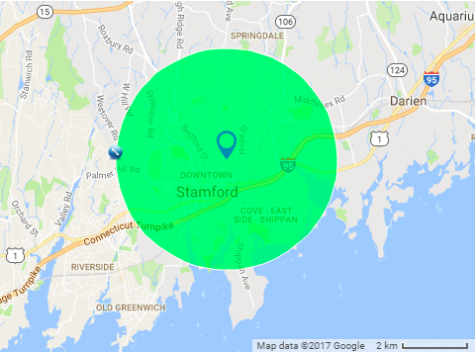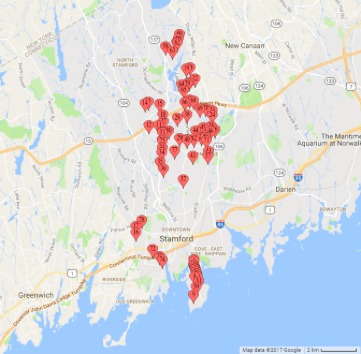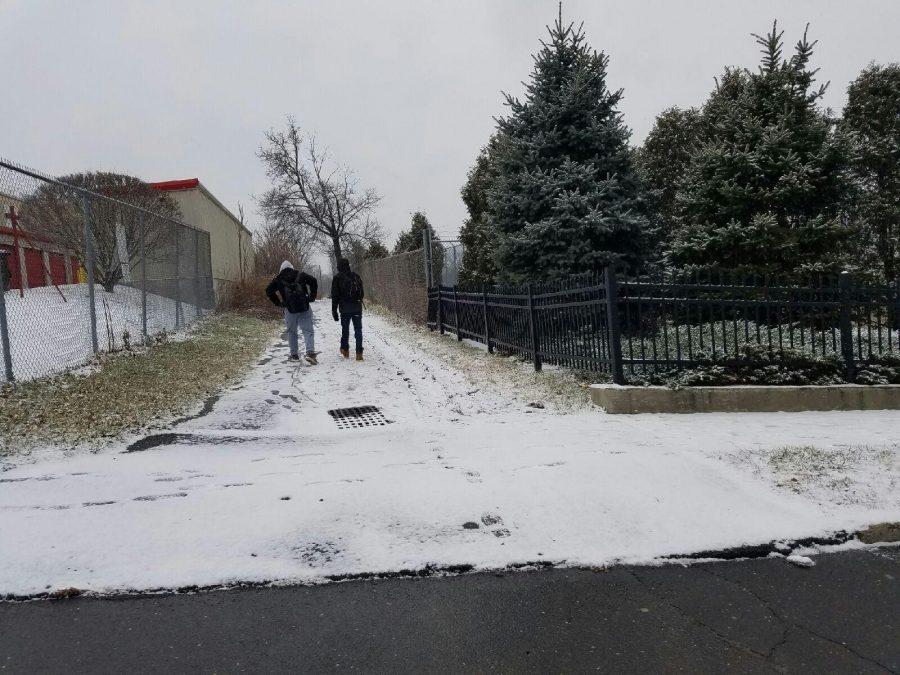SPS Transportation Inequalities Must Be Addressed
March 7, 2017
There are many factors that affect grades at Stamford High School; could walking to school be one of them?
Many parents encourage their children to get better grades, work harder, and push themselves to their limits. This is all for a good reason. There is a strong correlation between good grades and future success. (To see how high school GPA is closely linked to future income, check out this study from the University of Miami.)
A student with a high school GPA of 2.0 makes an average salary of $27,000 after graduation. Meanwhile, a student with a GPA of 4.0 makes an average salary of $42,000, not to mention that high school performance determines one’s admission to college. The university a student attends serves as a gateway to a better job, higher income, and more comfortable lifestyle.

While Stamford Public Schools can not directly control how hard a student works in school, their behavior, or their family’s income, SPS can control other aspects that affect a student’s grades and performance, such as their transportation to school. Yet, any student living within two miles of Stamford High is not provided with bus transportation (refer to the affected area shown to the right).
Steve Schneider, the director of transportation at Stamford Public Schools, declined to comment, while Executive Director of Research Judy Singer wrote that “as a district we do not track student achievement correlated with transportation method to school.”
Many teachers, parents, and students know there are many factors that influence grades, which vary from exercise and social groups to one’s amount of sleep. These factors can all change depending on a student’s mode of transportation. Even a student’s mental and emotional well-being can severely change depending on how they get to school. Therefore, it is the job of schools—in this case the school system—to create a fair and equal learning environment. However, this is not always so easily achieved.

Stamford is roughly a 32,000 acre area and there are about 2,500 students that currently attend Stamford High School. According to a policy agreement between First Student, the bus company, and the Board of Education, only students who live outside a two mile area of the school are provided with bus transportation. This is a roughly 8,000 acre area, a quarter of the total area of Stamford, that is unsupported by buses. Based merely on the population at Stamford High, at least 700 students are not supported by buses. First Student’s slogan is “Caring for students today, tomorrow, and together,” yet this arrangement doesn’t seem to reflect care for these students at all. These students are forced to walk or pay for transportation to get to school. The number of unsupported students is likely to be even higher, considering that the affected area is also one of Stamford’s most populous neighborhoods.
Some would say it is a truly troubling reality that more than 700 students in Connecticut’s fourth most diverse school district are not put on an equal playing field when it comes to academics. Many of these students are not only disadvantaged by their family’s income, but also by their method of transportation to school. This is simply not fair.
Jonathan Lafortune, a football player who lives within two miles of Stamford High, said, “My grades would definitely be better if I had a bus that drove me to school every morning,” and he would be “more motivated to wake up earlier in the morning to actually go to school.”
Fleuranda Metellus, an academically-focused student at Stamford High, described her experience of walking everyday as “very tiring,” and said, “Everyone complains about it all the time.” She says walking to school everyday lowers her motivation to go to school and definitely impacts her grades negatively. This is a call for change.
According to a source within SPS, a mutual agreement was made between First Student and the Board of Education for the two-mile policy currently in place. A policy that is detrimental to four years of a student’s life is not a policy anyone should stand by.
As a student who grew up in Stamford Public Schools, I can say there is a multitude of factors that do indeed affect academic performance, and transportation is one of them. According to Executive Director of Research Judy Singer, some of these factors range from “socioeconomic status” to “whether English is the student’s first language.” Some factors like these can’t be controlled by SPS. However, negative factors that can be removed from the picture must be eliminated. SPS can solve transportation inequalities.
There have been many changes in SPS in the past few years: new leadership, new commitments, and new schools. We need new policy.



